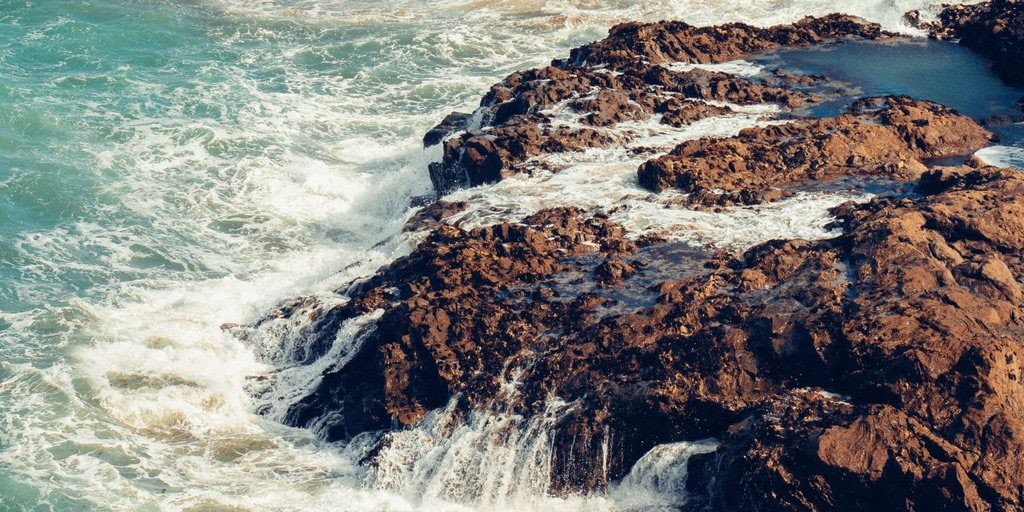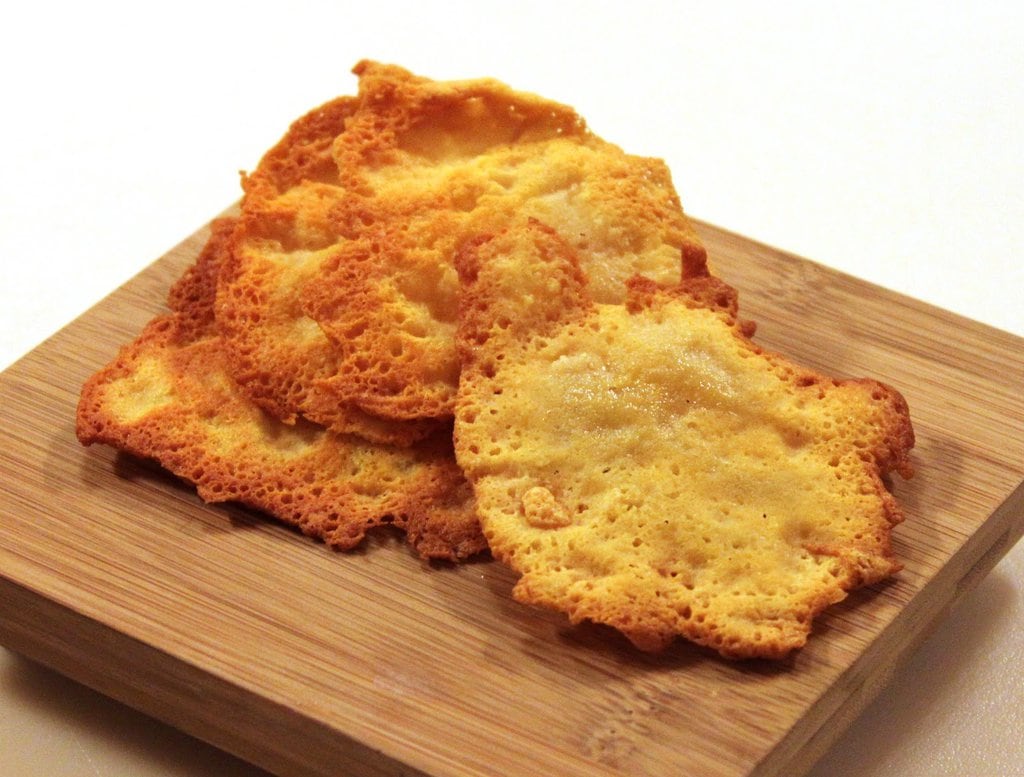
In a remarkable discovery that happened in the depths of the English Channel, a dedicated team of scientists went on a daring underwater expedition. They think they uncovered the remains of an ancient city that belongs to a civilization from over 8,000 years ago. What they found may also shed light on a lost world that had long been hidden beneath the sea.
An 8,000-Year-Old City
Leading this remarkable exploration was scientist Albert Lin, whose pursuit of the ancient metropolis led him to the waters just off the Isle of Wight. Diving into the English Channel was no small feat, with its bone-chilling temperatures and formidable tides. Lin joined forces with renowned maritime archaeologist Garry Momber, embarking on their mission to unveil the traces of an ancient world. Within mere minutes of submerging into the cloudy and frigid depths, their relentless efforts began to yield astonishing results.
The team embarked on their underwater expedition with a deep appreciation for the history of the English Channel. They knew that 8,000 years ago, the Channel was just land, as lower sea levels had connected the UK to mainland Europe. Their mission was to uncover the remnants of that long-lost world, and finding a city was beyond their dreams.
The English Channel Was Land
Albert Lin’s keen eye first spotted a remarkably well-preserved piece of wood, a relic from that ancient era, hidden beneath the waves. Their exploration soon revealed a captivating structure on the Channel’s floor, captured on underwater video, displaying layers of intertwined wood that resembled an ancient dock or maybe some other city building.

Immersed in what felt like an underwater ghost town, the scientists extracted a sample for analysis. Garry proposed that the site likely served various purposes, including fishing, hunting, boat building, and reed collection. As rising sea levels submerged the area, they preserved the wood by encasing it in silt and isolating it from oxygen. This preservation would have persisted for thousands of additional years if not for recent erosion, which revealed the hidden structure. The scientists pointed out that there is international significance in discovering this structure. After all, it is 8,000 years old and such findings do not happen often.
Here Are Some Creative Ways to Use Leftover Cheese to Prepare Delicious Dishes
Explore exciting ways to transform cheese remnants into mouthwatering creations with kitchen hacks from chef Richard Blais, demonstrated by F&W’s Justin Chapple. Using leftover Parmesan rind, you can create crispy chips in the microwave. This quick and easy technique can turn scraps into delightful snacks. Here are some more ideas.

Fromage Fort – A Flavorful Cheese Medley
Embrace the French tradition of fromage fort, which is a delightful way to utilize leftovers. Jacques Pépin’s father crafted this culinary gem by combining pieces of Camembert, Brie, Swiss, blue cheese, and goat cheese with leek broth, white vino, and crushed garlic. Modern variations, like those prepared by Pépin’s wife Gloria, offer a milder version created in seconds using a food processor.
Parmesan Broth – Enhancing Vegetable Soups
Infuse your vegetable soup with a rich and cheesy flavor by simmering Parmigiano-Reggiano rinds in the broth. This “nothing wasted” approach embodies the Italian culinary philosophy, elevating the taste and depth of the soup. The dish captures the essence of traditional Bolognese while catering to vegetarian preferences.

Mac and Cheese – A Melting Pot of Leftovers
Have leftovers? Follow the lead of Helen Jane Hearn and Natalie Wassum, who gather any leftovers they have to create this yummy pasta. Indulge in the creamy embrace of this dish made from assorted cheeses.
Mushroom Bolognese – A Vegetarian Twist
Savor the rich flavors of Bolognese in a vegetarian rendition created by Chef Sarah Grueneberg. This mushroom-based dish achieves its umami depth with the help of Parmigiano-Reggiano rinds. They infuse the mushrooms sauce, capturing the essence of traditional Bolognese while catering to vegetarian preferences.
Passatelli in Brodo – Home Cooking at Its Finest
Experience Emilia-Romagna’s “poor man’s dish.” Passatelli in Brodo combines bread, eggs, and cheese dumplings immersed in meat broth enriched with cheese rinds. This homemade dish turns simple ingredients into a flavorful delight.